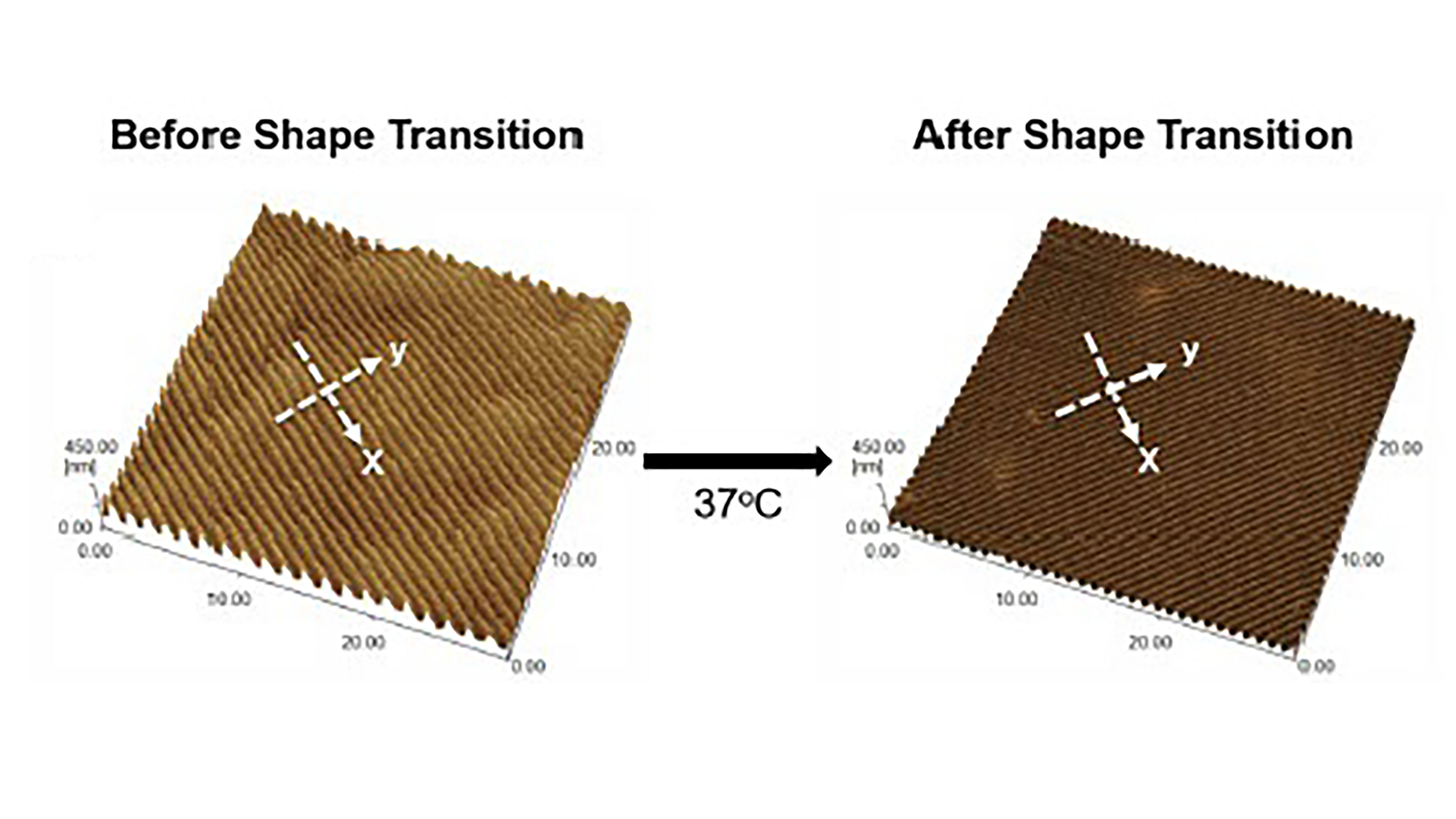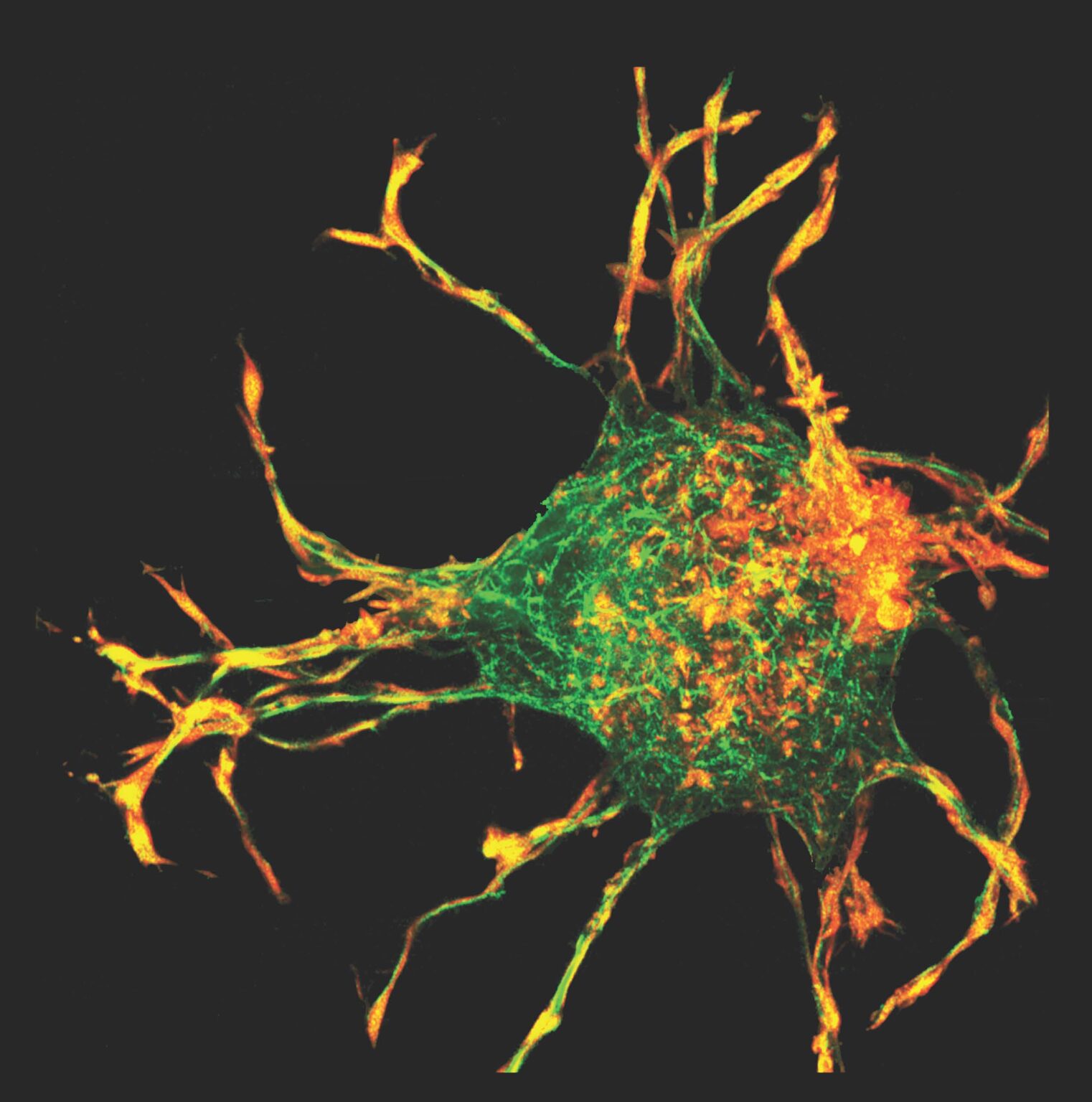A research team from Washington University in St. Lous has developed a model to explain how cilia beat.
Tag: mechanobiology
Depth of perception
Minuscule tunnels through the cell membrane help cells to perceive and respond to mechanical forces, such as pressure or touch. Using tip-growing cells in moss and pollen tubes of flowering plants, a new study is among the first to directly investigate what one type of these mechanosensitive ion channels — PIEZO channels — is doing in plant cells, and how.

Using Stimuli-Responsive Biomaterials to Understand Heart Development, Disease
The heart cannot regenerate new tissue, because cardiomyocytes, or heart muscle cells, do not divide after birth. However, researchers have now developed a shape memory polymer to grow cardiomyocytes. Raising the material’s temperature turned the polymer’s flat surface into nanowrinkles, which promoted cardiomyocyte alignment. The research is part of the growing field of mechanobiology, which investigates how physical forces between cells and changes in their mechanical properties contribute to development, cell differentiation, physiology, and disease.

New insights into wound healing
Research from a multidisciplinary team led by Washington University may provide new insights into wound healing, scarring and how cancer spreads.